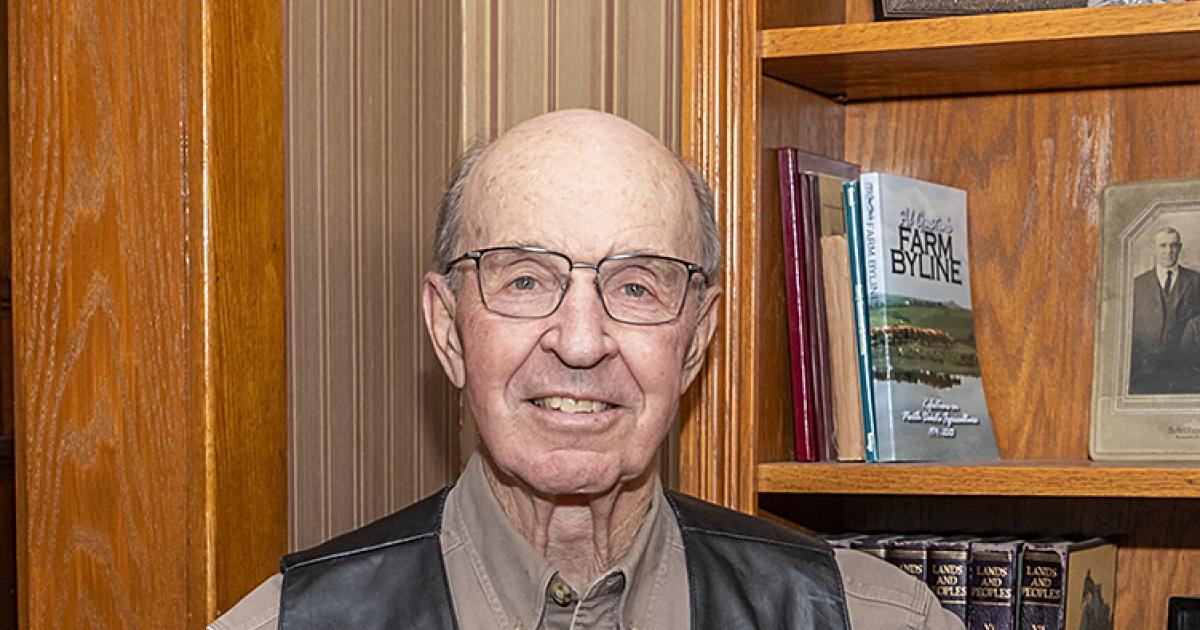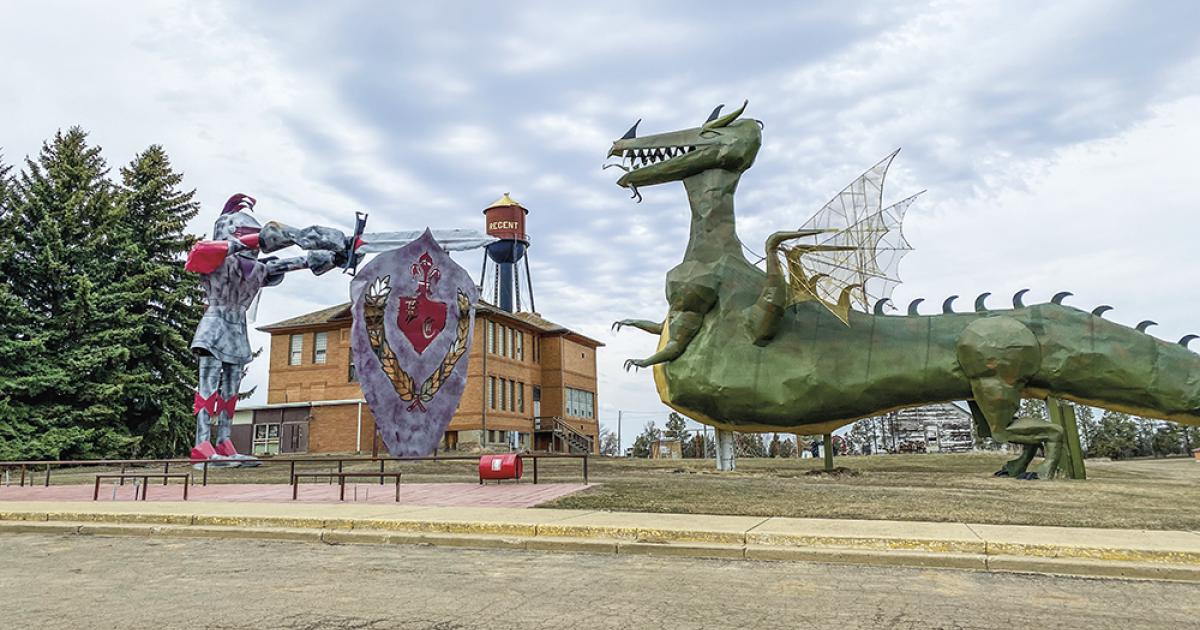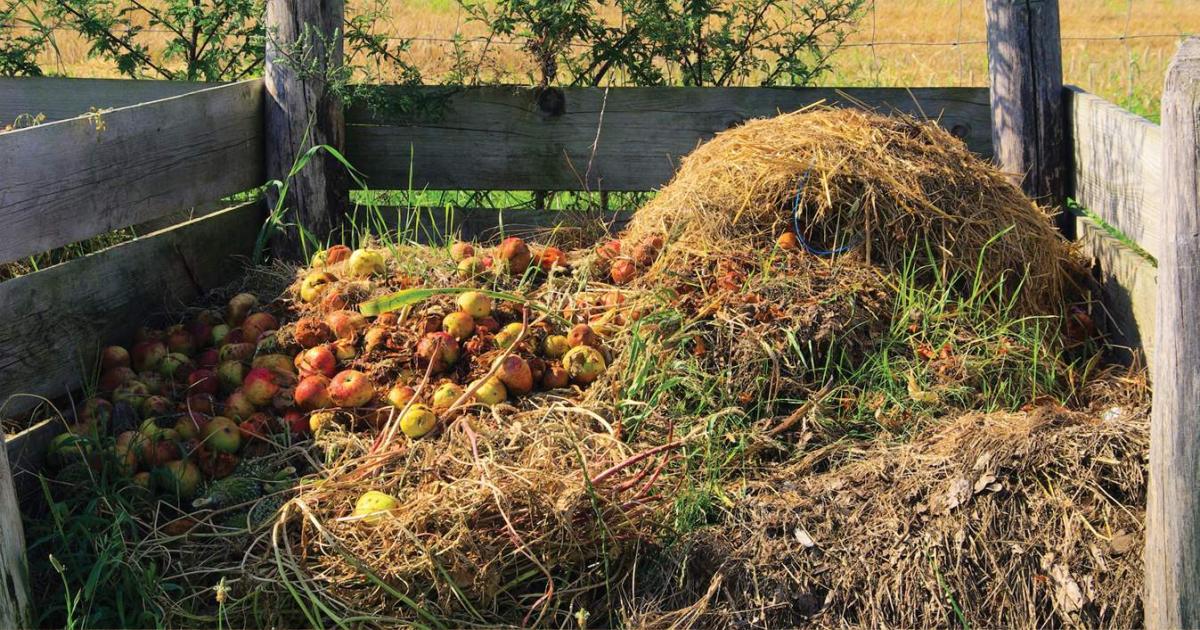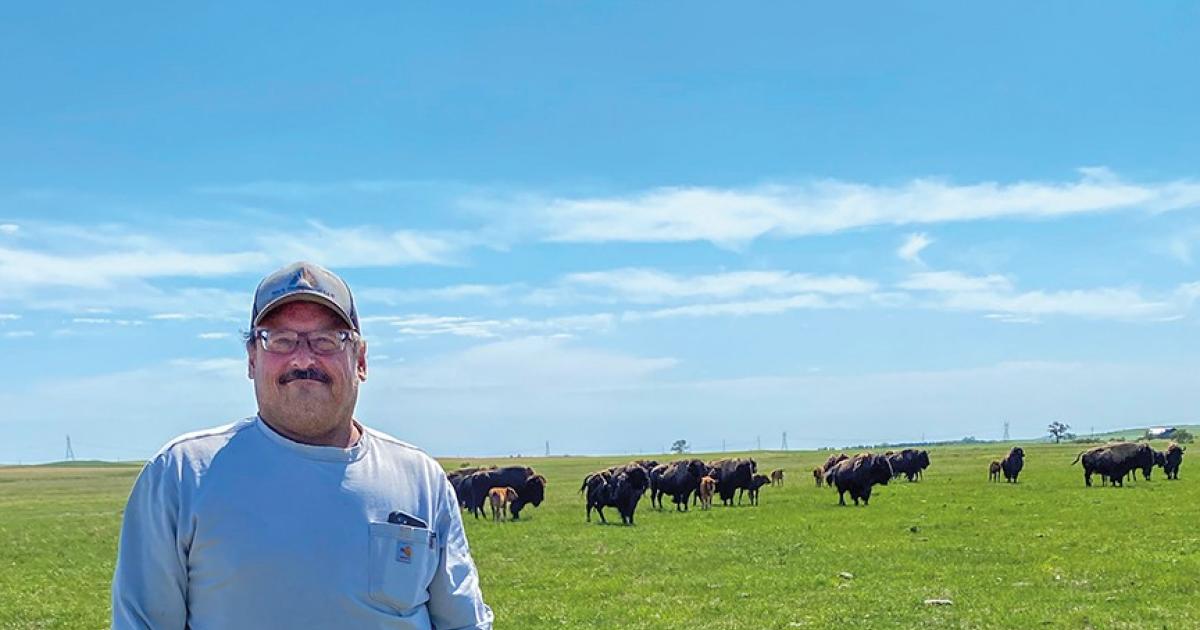North Dakota Living was once again amazed by the photo entries for the second annual photo contest! There were 600 entries, double last year’s amount.
From North Dakota skies to North Dakota people and more, the photos captured North Dakota in all its beauty. The judges remarked how difficult it was to choose the winners.
Thank you to everyone who participated, and congratulations to the winners of the 2026 North Dakota Living Photo Contest!







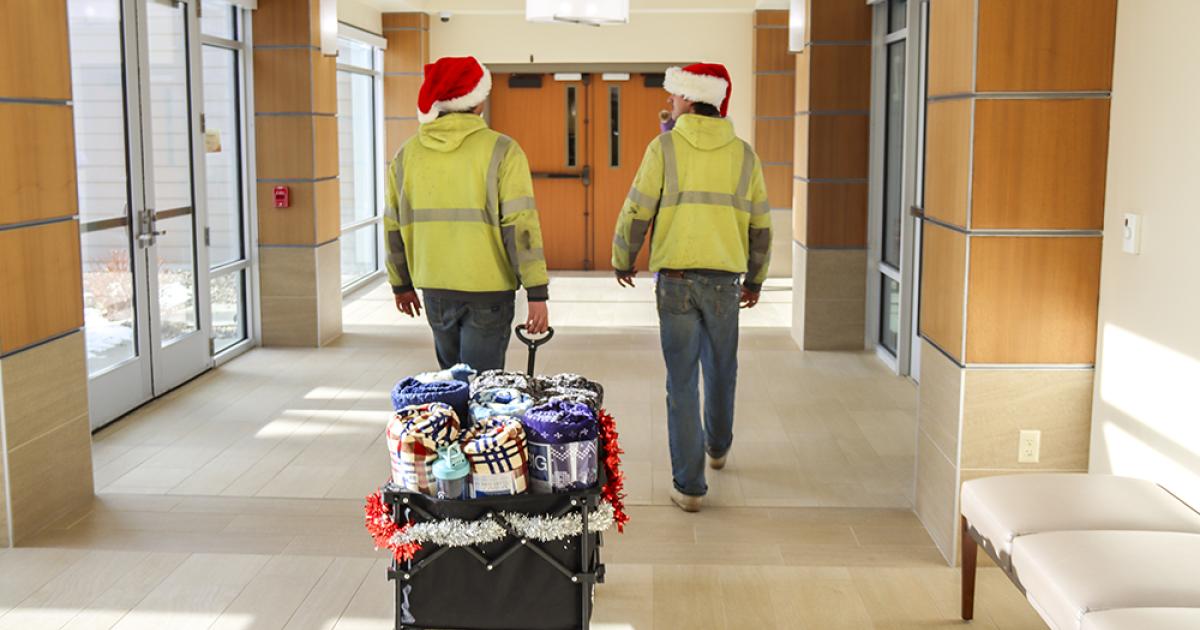
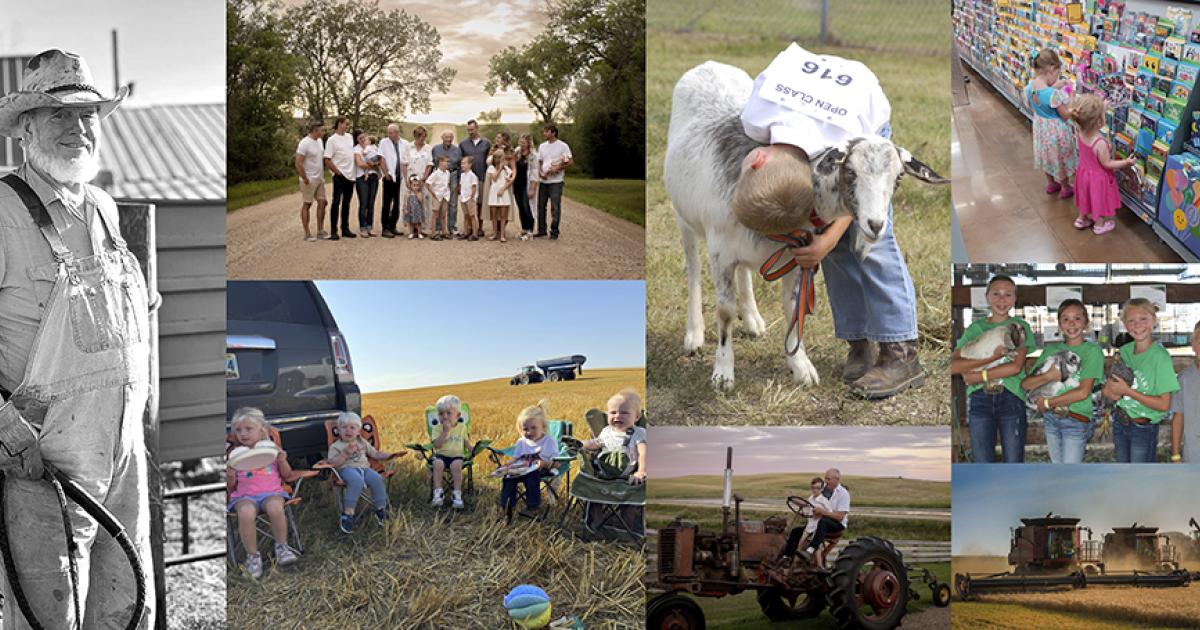
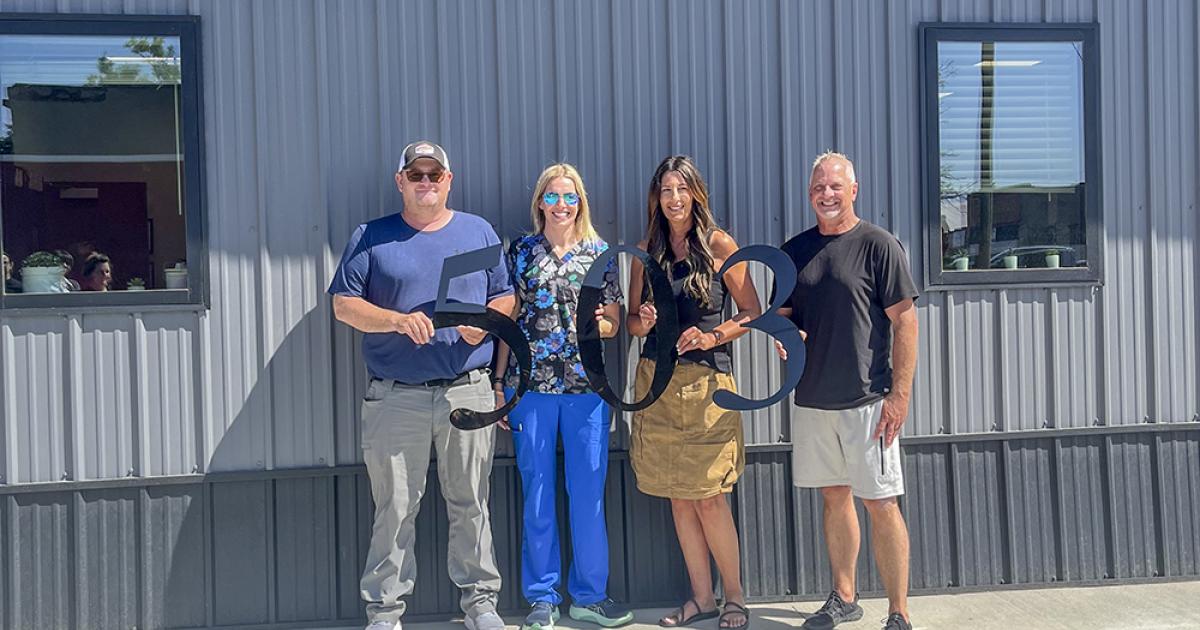
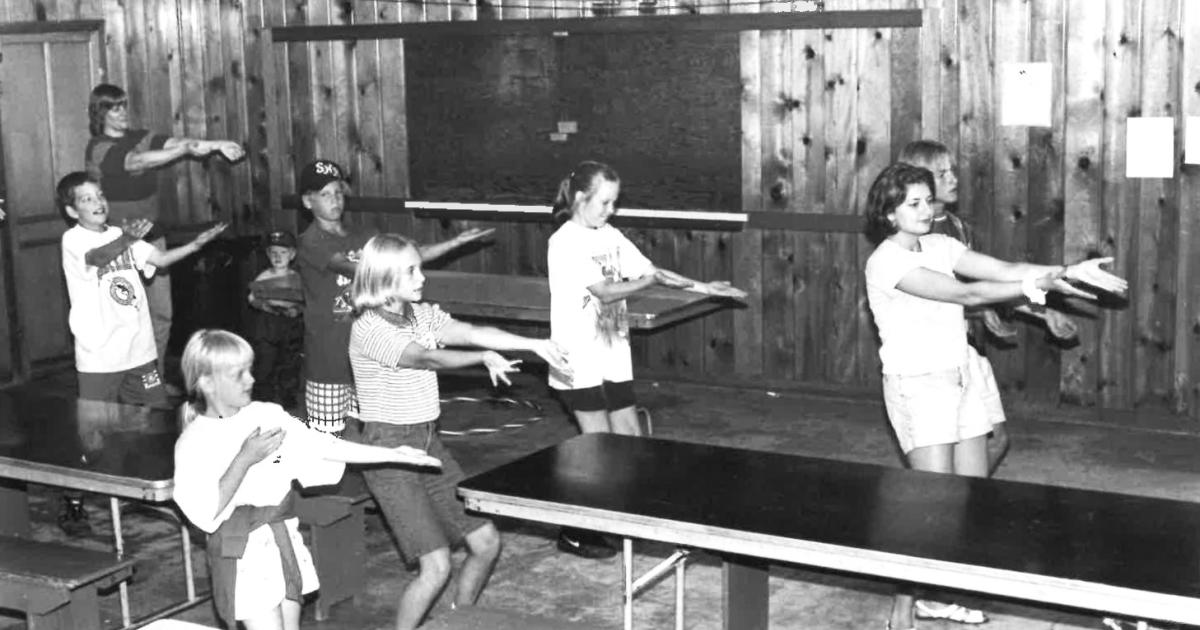
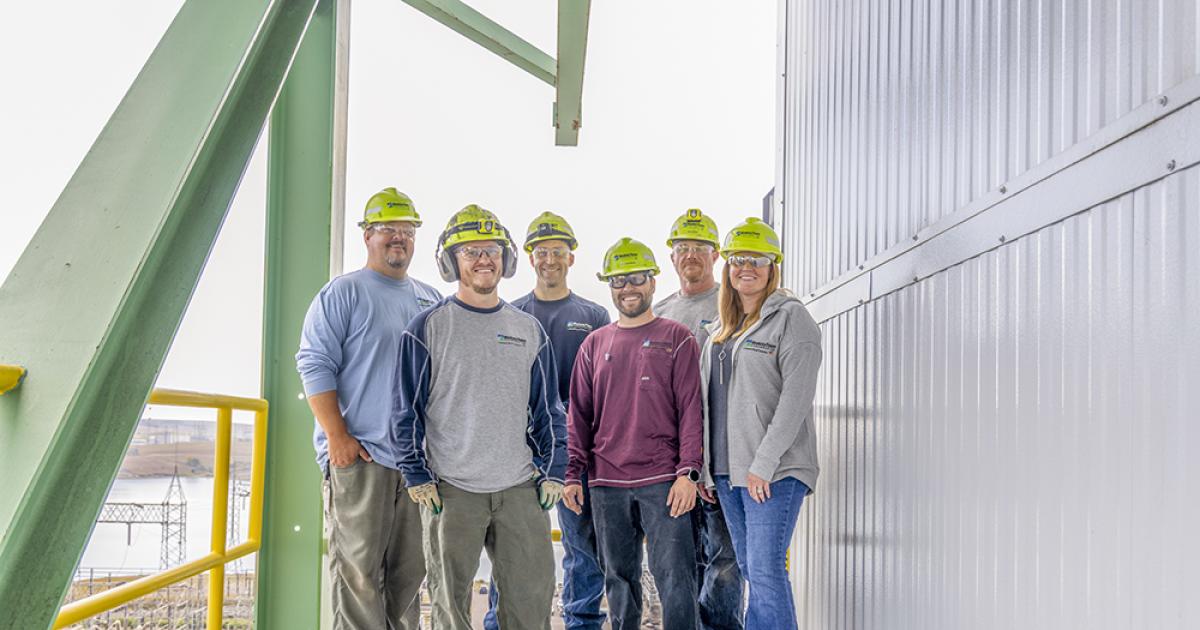
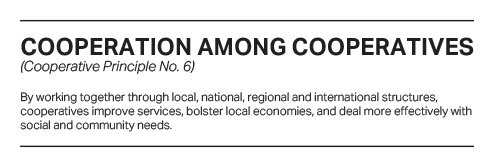 A bear hunt. Jiu-jitsu. Hitting the gym. Simply opting for a few extra steps at work instead of sitting or standing. These are all ways electric cooperative employees have incorporated movement into their lives.
A bear hunt. Jiu-jitsu. Hitting the gym. Simply opting for a few extra steps at work instead of sitting or standing. These are all ways electric cooperative employees have incorporated movement into their lives.
